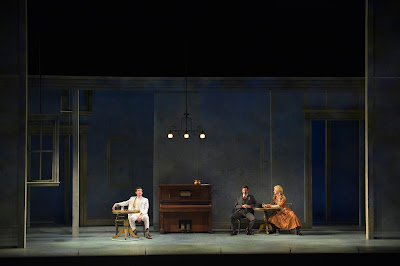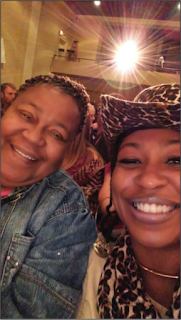A Lens on Small Town America: An Interview with Scenic Designer Ralph Funicello

By Cecilia Padilla Despite its title, Eugene O’Neill’s Ah, Wilderness! does not take place in the wild outdoors. Instead, it depicts the home of a tight-knit Connecticut family. Bringing the world of small town America to San Francisco audiences is scenic designer Ralph Funicello, a longtime designer of A.C.T. productions. This will be Funicello’s second time working on Ah, Wilderness! with A.C.T.— he also designed the set in the 1978 production. Then, Funicello’s designs adhered to O’Neill’s textual specifications, exhibiting realistic styles and period-appropriate architecture. This time, he’s approaching the play through a new lens. “O’Neill literally dreamt up Ah, Wilderness! ,” he says, “so I want the audience to fall into the dream with him.” Ralph Funicello's stage design in the current A.C.T. production of Ah, Wilderness! at The Geary Theater. Photo courtesy of Kevin Berne. What research has contributed to your scenic design? I still have some o...


